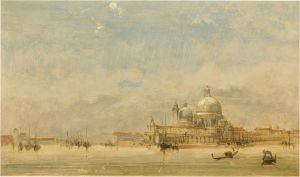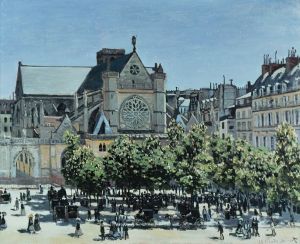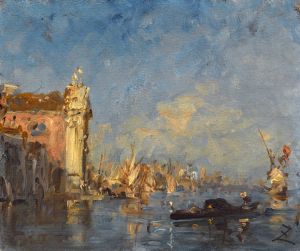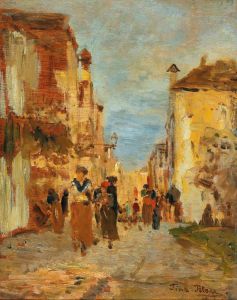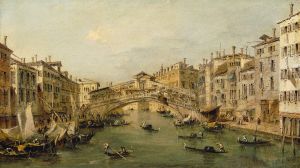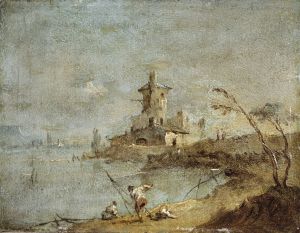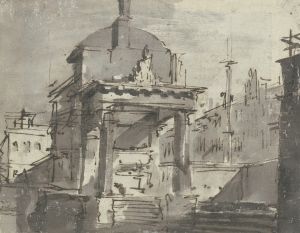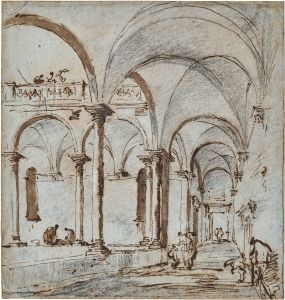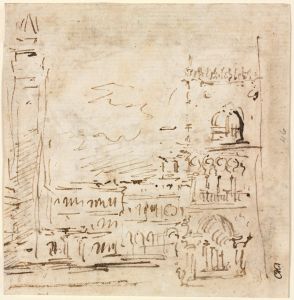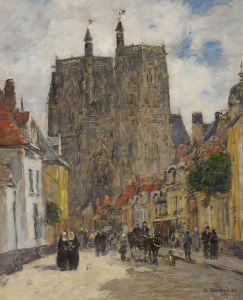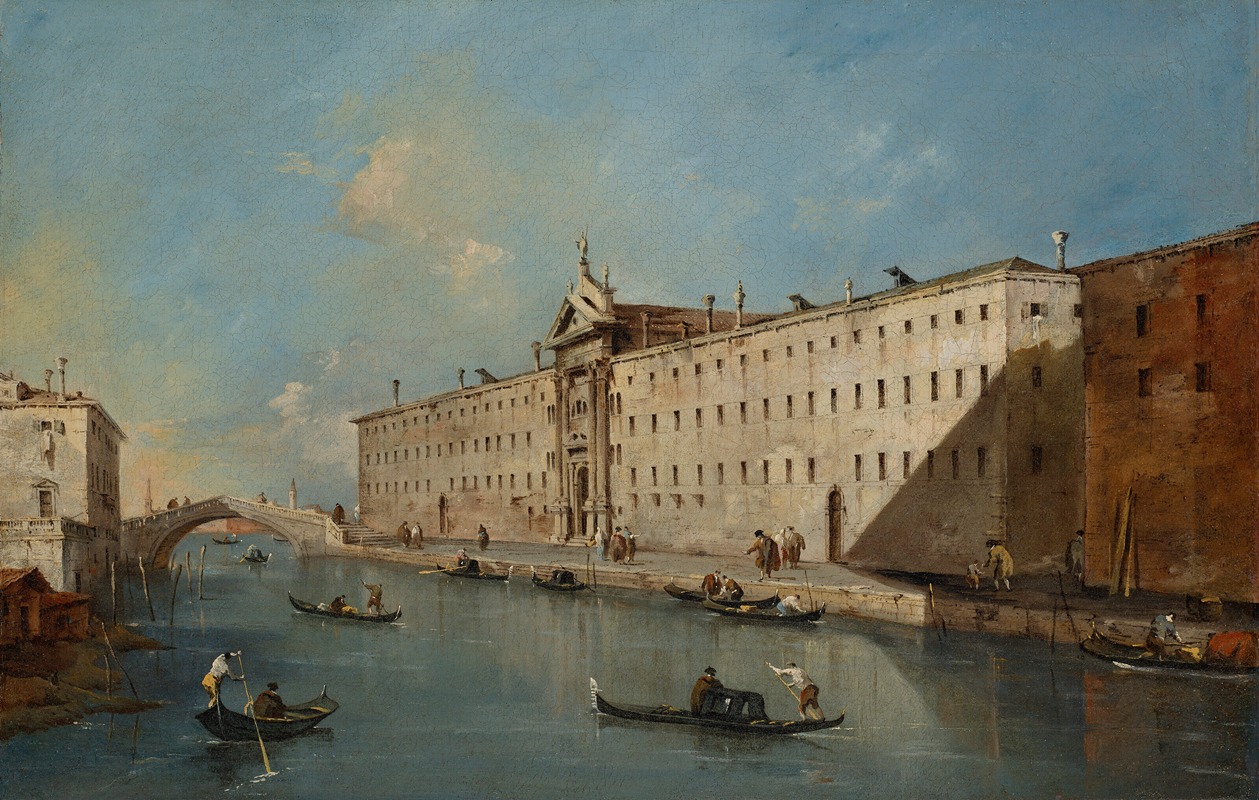
Venice, the Rio Dei Mendicanti looking North with the church of San Lazzaro dei Mendicanti
A hand-painted replica of Francesco Guardi’s masterpiece Venice, the Rio Dei Mendicanti looking North with the church of San Lazzaro dei Mendicanti, meticulously crafted by professional artists to capture the true essence of the original. Each piece is created with museum-quality canvas and rare mineral pigments, carefully painted by experienced artists with delicate brushstrokes and rich, layered colors to perfectly recreate the texture of the original artwork. Unlike machine-printed reproductions, this hand-painted version brings the painting to life, infused with the artist’s emotions and skill in every stroke. Whether for personal collection or home decoration, it instantly elevates the artistic atmosphere of any space.
"Venice, the Rio Dei Mendicanti looking North with the church of San Lazzaro dei Mendicanti" is a painting by Francesco Guardi, an 18th-century Venetian artist renowned for his vedute, or detailed cityscapes, of Venice. Guardi was one of the last practitioners of the Venetian school of painting and is often associated with the Rococo style. His works are celebrated for their atmospheric qualities and loose, expressive brushwork, which distinguish them from the more precise and architectural depictions of his predecessor, Canaletto.
This particular painting depicts a view of the Rio dei Mendicanti, a canal in Venice, looking northward. The composition prominently features the church of San Lazzaro dei Mendicanti, a historic building located along the canal. The church, originally part of a hospital complex, was constructed in the late 16th and early 17th centuries and served as a place of worship for the poor and sick. Its façade, designed by the architect Vincenzo Scamozzi, is a notable example of Venetian Renaissance architecture.
Guardi's painting captures the lively atmosphere of the canal, with gondolas and small boats navigating the waterway. The artist's characteristic use of light and shadow enhances the sense of depth and movement in the scene. The depiction of the church and surrounding buildings reflects Guardi's ability to convey the unique charm and character of Venice, emphasizing its intricate interplay of architecture and waterways.
This work is an example of Guardi's later style, where his brushstrokes became more fluid and his focus shifted from precise architectural detail to the overall mood and impression of the scene. The painting is part of a broader tradition of Venetian vedute, which were highly sought after by collectors and travelers during the 18th century as souvenirs of the Grand Tour.
The exact date of the painting is not definitively known, but it is generally attributed to Guardi's mature period, likely in the latter half of the 18th century. Today, the painting is recognized as an important representation of Guardi's artistic legacy and his contribution to the visual documentation of Venice's urban landscape. It is housed in a museum or private collection, though specific details about its current location may vary depending on the source.





